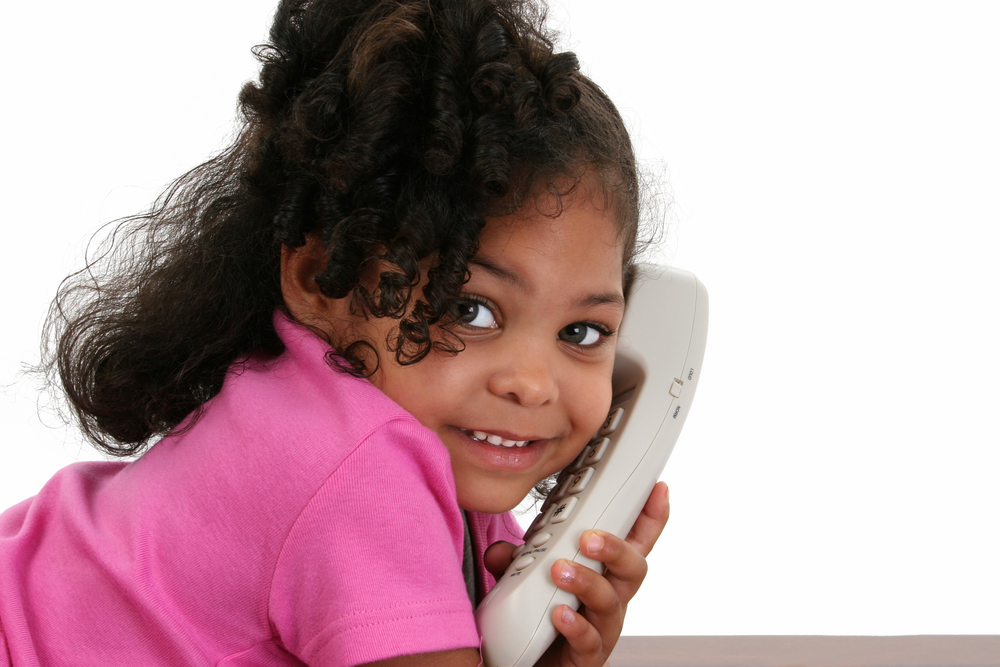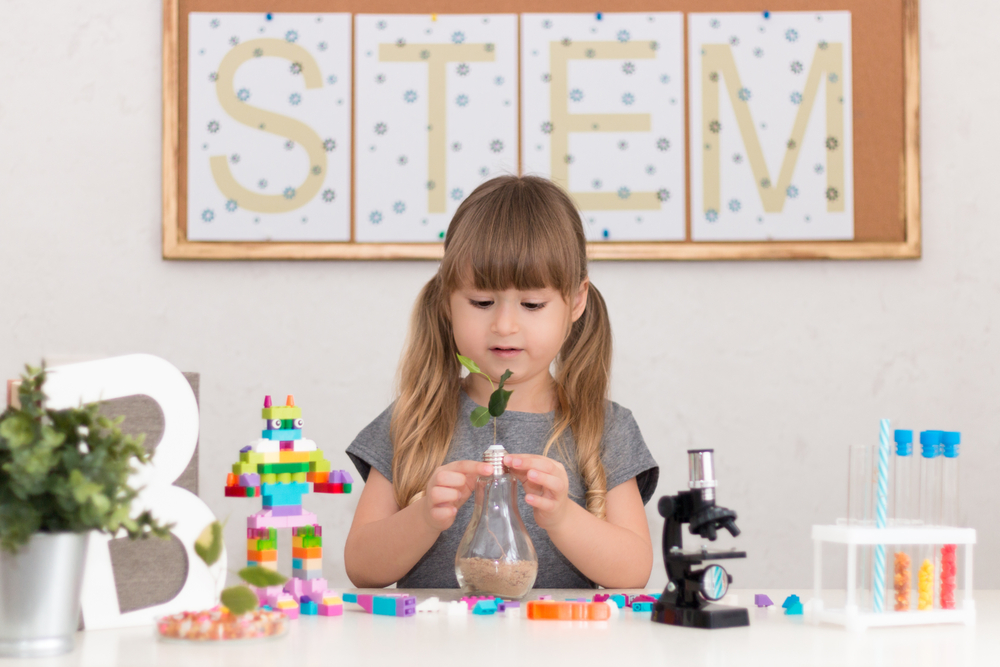Real-life application Normal Worksheets for Ages 4-6
3 filtered results
-
From - To
Discover the engaging "Real-Life Application Normal Worksheets for Ages 4-6," designed to help young learners connect classroom knowledge with everyday experiences. These worksheets focus on essential skills such as counting, sorting, and problem-solving, using relatable scenarios that spark children's curiosity. Perfect for parents and educators, these printable resources boost early learning through hands-on activities that encourage critical thinking and practical application. From shopping with numbers to identifying shapes in nature, our worksheets make learning fun and meaningful. Dive into a world of exploration where children can enhance their skills while enjoying real-life connections to their growing environment!


Let's Go to the Store! Worksheet


Halloween Word Problems Printable


Supermarket Math Worksheet
Real-life application in early education, particularly for children aged 4 to 6, is essential because it connects learning to the world around them. At this developmental stage, children are naturally curious and eager to explore their environment. By integrating real-life experiences into their education, teachers and parents can enhance engagement and foster a love for learning.
Through everyday activities like grocery shopping, cooking, or gardening, children can learn important concepts such as counting, healthy eating, teamwork, and responsibility. These hands-on experiences not only solidify academic skills but also promote critical thinking, problem-solving, and social interaction. For instance, measuring ingredients during cooking can introduce basic math concepts, while simple budgeting at the store can teach them financial literacy.
Furthermore, real-life applications help children understand the relevance of what they learn in the classroom, making them more motivated and excited about future learning. It also nurtures practical life skills they will use as they grow. Overall, when parents and teachers prioritize real-life application, they are enhancing children's cognitive development, providing enriching experiences, and laying the foundation for lifelong learning. This approach empowers young learners to see themselves as active participants in their own education and the world around them.
 Assign to My Students
Assign to My Students





















